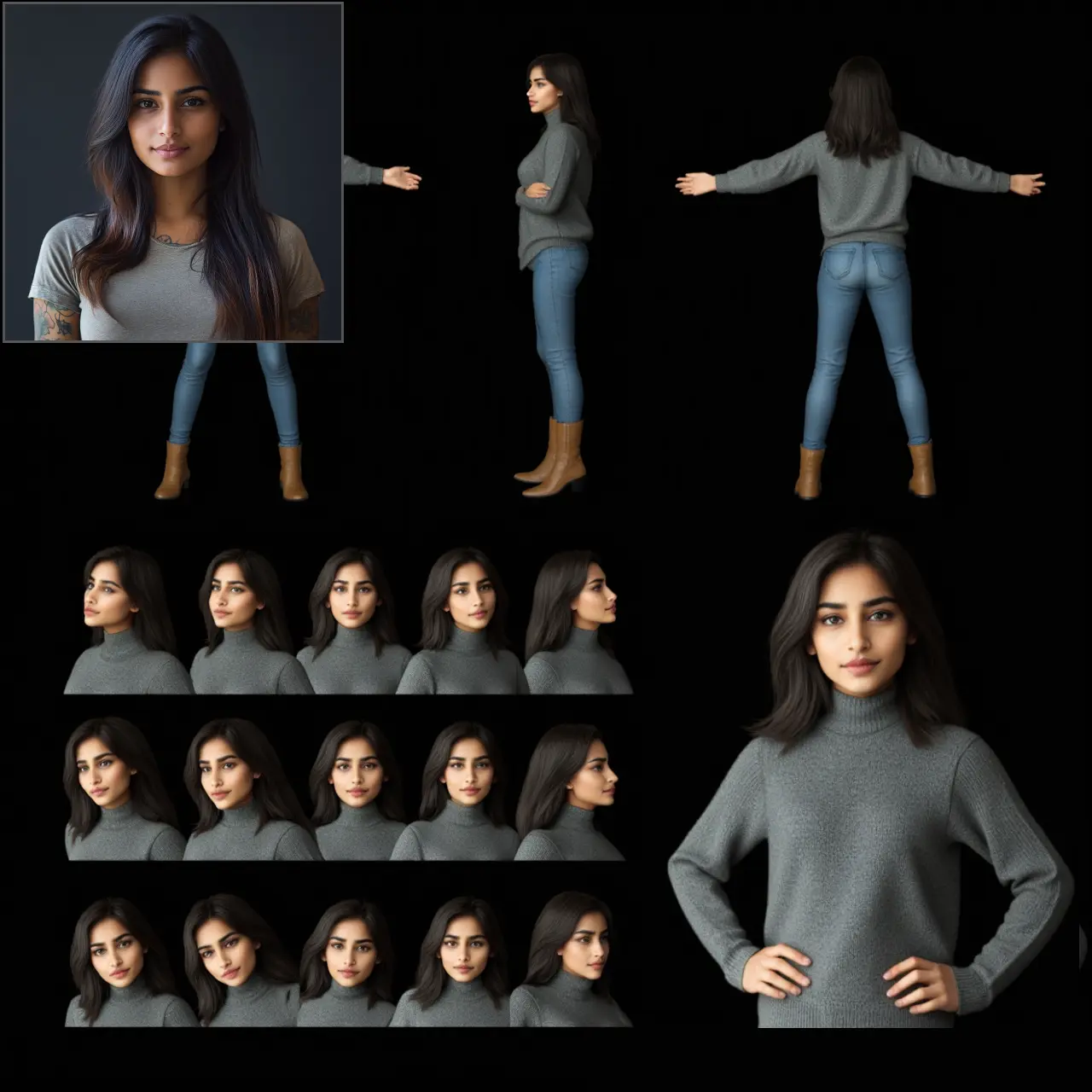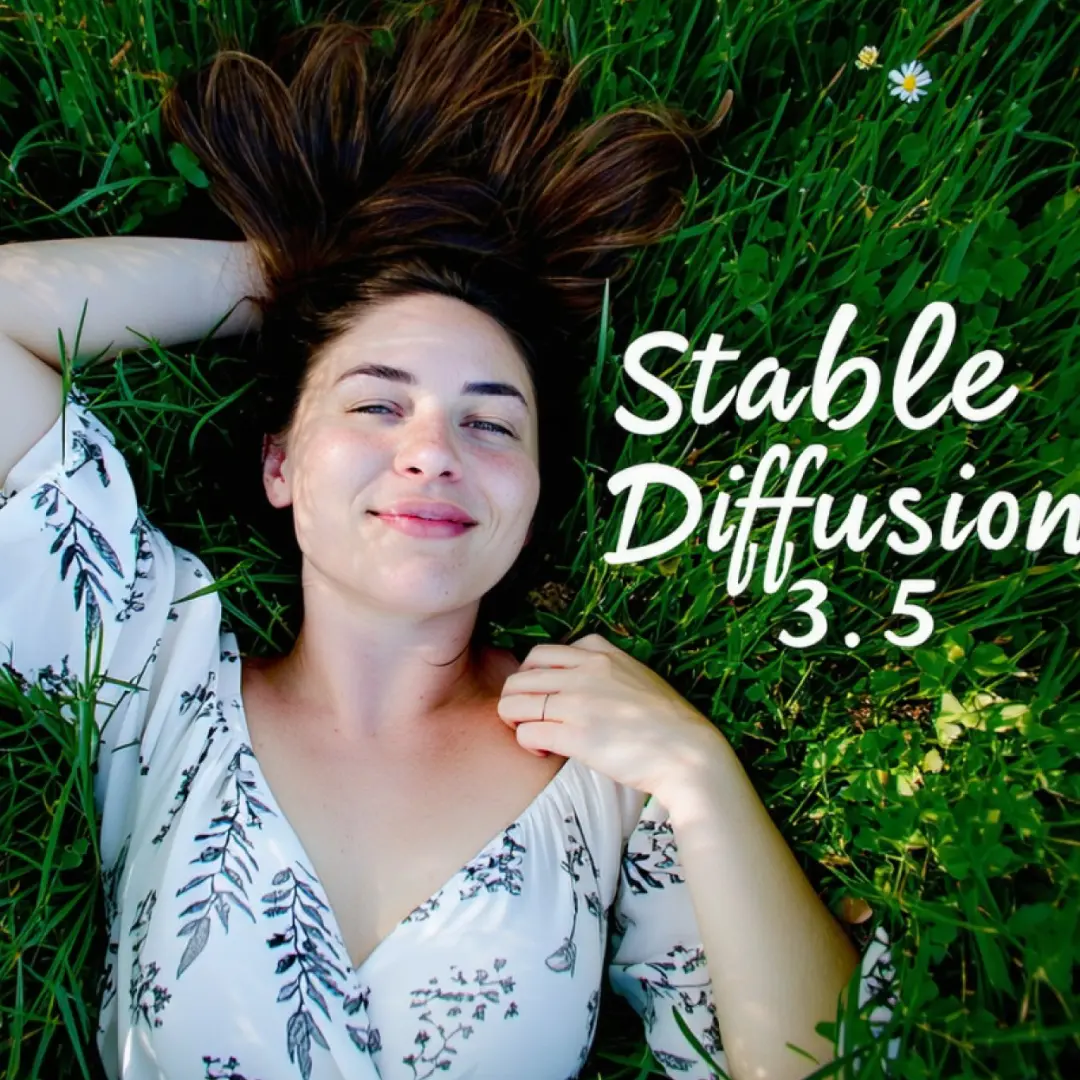ComfyUI Node: Mikey Sampler Base Only Advanced
Mikey Sampler Base Only Advanced
CategoryMikey/Sampling
bash-j (Account age: 4472days) Extension
Mikey Nodes Latest Updated
2025-03-22 Github Stars
0.14K
How to Install Mikey Nodes
Install this extension via the ComfyUI Manager by searching for Mikey Nodes- 1. Click the Manager button in the main menu
- 2. Select Custom Nodes Manager button
- 3. Enter Mikey Nodes in the search bar
Visit ComfyUI Online for ready-to-use ComfyUI environment
- Free trial available
- 16GB VRAM to 80GB VRAM GPU machines
- 400+ preloaded models/nodes
- Freedom to upload custom models/nodes
- 200+ ready-to-run workflows
- 100% private workspace with up to 200GB storage
- Dedicated Support
Mikey Sampler Base Only Advanced Description
Advanced AI art sampling node enhancing image quality and detail through refined algorithms and control over parameters.
Mikey Sampler Base Only Advanced:
The Mikey Sampler Base Only Advanced node is designed to provide advanced sampling capabilities for AI-generated art, focusing on enhancing the quality and detail of the generated images. This node leverages sophisticated algorithms to refine the sampling process, ensuring that the output is both high-quality and visually appealing. It is particularly useful for artists looking to achieve more control over the sampling parameters, allowing for fine-tuning of various aspects such as noise addition, denoising, and configuration settings. By using this node, you can expect to produce images with improved clarity and detail, making it an essential tool for advanced AI art creation.
Mikey Sampler Base Only Advanced Input Parameters:
base_model
This parameter specifies the model to be used for the sampling process. It is crucial as it determines the underlying architecture and capabilities of the sampler. The model should be chosen based on the desired output quality and the specific requirements of your project.
positive_cond_base
This parameter allows you to input positive conditioning data, which helps guide the sampler towards generating desired features in the output image. It is essential for emphasizing specific characteristics or styles in the generated art.
negative_cond_base
This parameter is used to input negative conditioning data, which helps the sampler avoid certain features or styles in the output image. It is useful for refining the output by excluding unwanted elements.
samples
This parameter represents the latent samples that the node will process. These samples are the initial data points that the sampler will refine to produce the final image.
vae
This parameter specifies the Variational Autoencoder (VAE) to be used in the sampling process. The VAE plays a critical role in encoding and decoding the latent samples, impacting the overall quality of the generated image.
add_noise
This parameter allows you to enable or disable the addition of noise during the sampling process. Adding noise can help in generating more diverse and creative outputs. The default value is "enable".
denoise
This parameter controls the level of denoising applied to the samples. It ranges from 0.0 to 1.0, with a default value of 1.0. Higher values result in smoother images, while lower values retain more detail.
steps
This parameter sets the number of steps for the sampling process. It ranges from 1 to 1000, with a default value of 31. More steps generally lead to higher quality images but require more computational resources.
smooth_step
This parameter controls the smoothness of the steps in the sampling process. It ranges from -1 to 100, with a default value of 0. Adjusting this can help in achieving a balance between smoothness and detail.
cfg_1
This parameter is a configuration setting that influences the sampling process. It ranges from 0.1 to 100.0, with a default value of 5.0. It allows for fine-tuning of the sampler's behavior to achieve the desired output.
cfg_2
This parameter is another configuration setting that impacts the sampling process. It ranges from 0.1 to 100.0, with a default value of 9.5. It provides additional control over the sampler's performance.
sampler_name
This parameter allows you to select the specific sampler algorithm to be used. The default value is "dpmpp_3m_sde_gpu". Different algorithms can produce varying results, so choosing the right one is important for your project.
scheduler
This parameter specifies the scheduler to be used in the sampling process. The default value is "exponential". The scheduler influences the timing and sequence of the sampling steps.
upscale_model
This parameter allows you to specify the model to be used for upscaling the generated image. Upscaling can enhance the resolution and detail of the final output.
seed
This parameter sets the seed value for the random number generator used in the sampling process. It ranges from 0 to 0xffffffffffffffff, with a default value of 0. Setting a specific seed can help in reproducing the same results.
upscale_by
This parameter controls the factor by which the generated image is upscaled. It ranges from 0.0 to 10.0, with a default value of 1.0. Higher values result in larger images with more detail.
hires_denoise
This parameter sets the level of denoising applied during the high-resolution phase of the sampling process. It ranges from 0.0 to 1.0, with a default value of 0.4. Adjusting this can help in achieving a balance between detail and smoothness in high-resolution images.
Mikey Sampler Base Only Advanced Output Parameters:
samples
The output parameter "samples" represents the refined latent samples that have been processed by the node. These samples are the final data points that can be decoded to produce the high-quality generated image. The quality and detail of these samples are influenced by the input parameters and the specific settings used during the sampling process.
Mikey Sampler Base Only Advanced Usage Tips:
- Experiment with different values for the
denoiseparameter to find the right balance between smoothness and detail in your images. - Use the
add_noiseparameter to introduce variability and creativity in your outputs, especially when generating multiple images. - Adjust the
stepsparameter to control the quality of the final image; more steps generally lead to better results but require more computational power. - Fine-tune the
cfg_1andcfg_2parameters to optimize the sampler's performance for your specific project needs.
Mikey Sampler Base Only Advanced Common Errors and Solutions:
"Invalid model specified"
- Explanation: The
base_modelparameter is set to a model that is not recognized or supported. - Solution: Ensure that the model specified in the
base_modelparameter is valid and supported by the node.
"Negative conditioning data missing"
- Explanation: The
negative_cond_baseparameter is not provided, which is required for the sampling process. - Solution: Provide appropriate negative conditioning data to the
negative_cond_baseparameter to proceed with the sampling.
"Steps out of range"
- Explanation: The value set for the
stepsparameter is outside the allowed range of 1 to 1000. - Solution: Adjust the
stepsparameter to a value within the allowed range to ensure proper execution.
"Denoise value out of range"
- Explanation: The
denoiseparameter is set to a value outside the allowed range of 0.0 to 1.0. - Solution: Set the
denoiseparameter to a value within the allowed range to achieve the desired level of denoising.
"Invalid sampler algorithm"
- Explanation: The
sampler_nameparameter is set to an algorithm that is not recognized or supported. - Solution: Ensure that the sampler algorithm specified in the
sampler_nameparameter is valid and supported by the node.
Mikey Sampler Base Only Advanced Related Nodes
RunComfy is the premier ComfyUI platform, offering ComfyUI online environment and services, along with ComfyUI workflows featuring stunning visuals. RunComfy also provides AI Playground, enabling artists to harness the latest AI tools to create incredible art.




